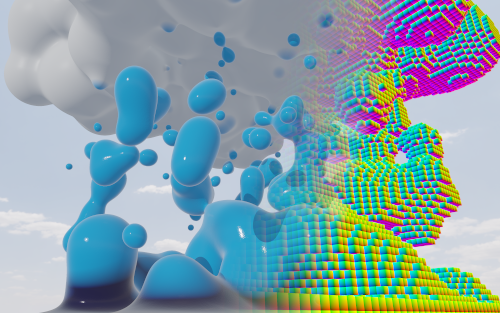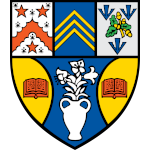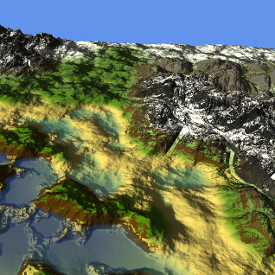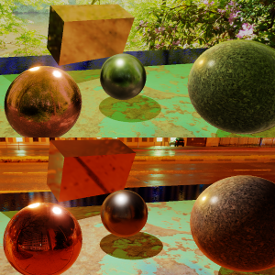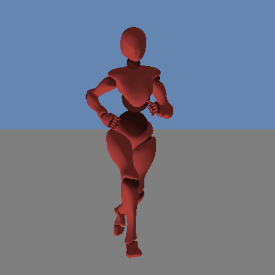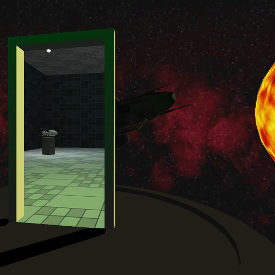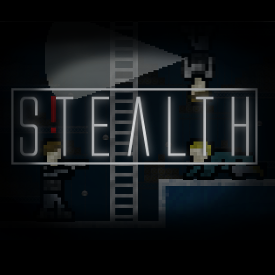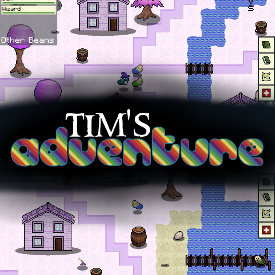About Me
I am a research fellow at CoSTAR National Lab. I work at the cutting edge of real-time graphics to develop graphics, VFX, and engine tools for the future of Virtual Production and immersive experiences.
• First-class BSc(Hons) in Computer Games Technology from Abertay University.
• TIGA Graduate of the Year in programming.
• Winner of 6 distinguished prizes for outstanding performance in my studies.
• Back-to-back BAFTA YGD competition finalist in 2017 and 2018.
Outside of programming, I love hiking, climbing, and other outdoor pursuits.
• j.buttenshaw@abertay.ac.uk
• Jamie Buttenshaw on LinkedIn
• Jamie Buttenshaw on GitHub
• Jamie Buttenshaw on itch.io

